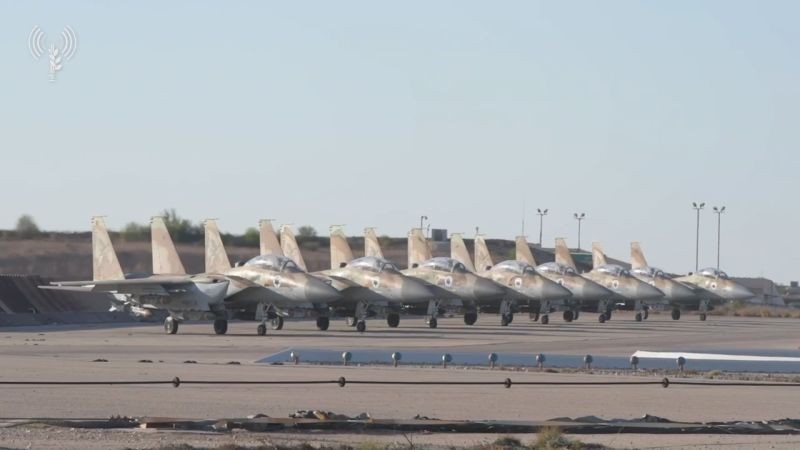According to a recent CNN analysis, US-made 2,000-pound bombs were most likely used in the airstrike which resulted in the death of Hezbollah chief, Hassan Nasrallah. The precision and devastation of this attack point towards the utilization of sophisticated weaponry, which bear the trademark characteristics of the military-grade munitions produced in the United States of America.
CNN analysis relied heavily on the examination of the remnants of the bomb used in this particular strike, which killed the leader of Lebanon’s powerful Hezbollah militant group. The post-blast debris had signature markings that were indicative of American-made munitions. The size and the nature of the blast crater were also consistent with the impact expected from a 2,000-pound bomb.
Hezbollah, founded in the 1980s, has long been a formidable force and a thorn in the side of several governments due to its continuous engagement in what is often perceived as terrorism. Its leader, Nasrallah, had been at the helm steering its agenda for years. Given his influence and active involvement in numerous political and military discourses, his death is undoubtedly a turning point not just for Hezbollah, but for the entire Middle East.
The bombs suspected to have been used in this strike are similar to the GBU-31 version 3 – a 2,000-pound class warhead designed and produced in the United States. This type of guided bomb unit (GBU) is typically used by the US forces and their allies due to its capacity for accuracy even in high-altitude or all-weather conditions. The GBU-31 incorporates GPS technology to guide itself towards a specific target with pinpoint precision, which makes it an ideal choice for highly sophisticated strike missions.
The aspect that makes this analysis all the more intriguing is the fact that, under international law, the US, or any other country, cannot directly supply weapons to certain non-state actors such as Hezbollah. The current hypothesis, therefore, leaves analysts pondering upon the channels and the parties involved in delivering these weapons to their final destination. This has raised a plethora of questions regarding the potential violation of international laws and regulations.
Another critical feature that strengthens this claim is the impact crater formed post-blast. The GBU-31 leaves behind a distinct type of crater – usually enormous in size due to the bomb’s substantial weight and strength. Satellites images of the incident site closely match the kind of destruction one would expect from a 2,000-pound warhead. Indications of extreme heat exposure, torn structures, and shattered glass in the surrounding area further confirm this assumption.
While not conclusive, the evidence heavily leans towards the possibility of US-made 2,000-pound bombs being used in the strike that killed Hezbollah Chief. This calls for a deeper examination of how such weapons land in the arsenal of groups or entities that carry out these terror attacks. The potential implications of this attack, amplified by the alleged involvement of US munitions, could signal a pivotal moment in the operations of Hezbollah and the broader political dynamics in the middle east.




